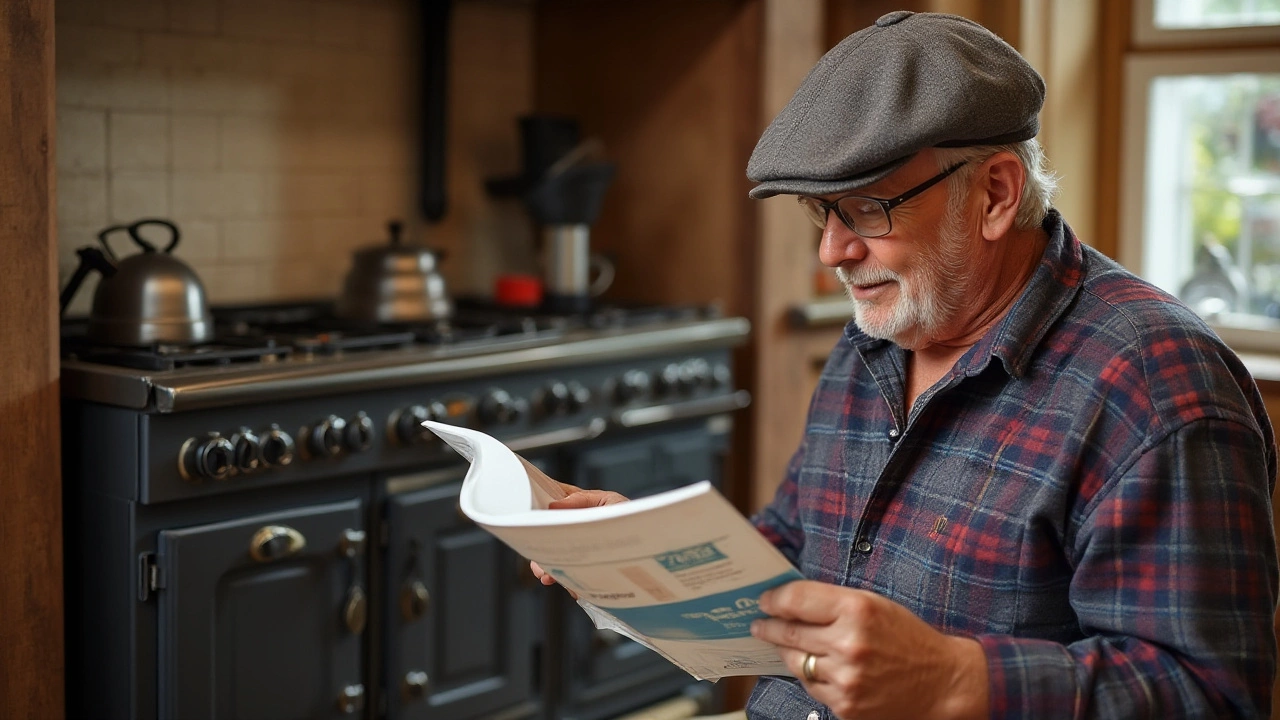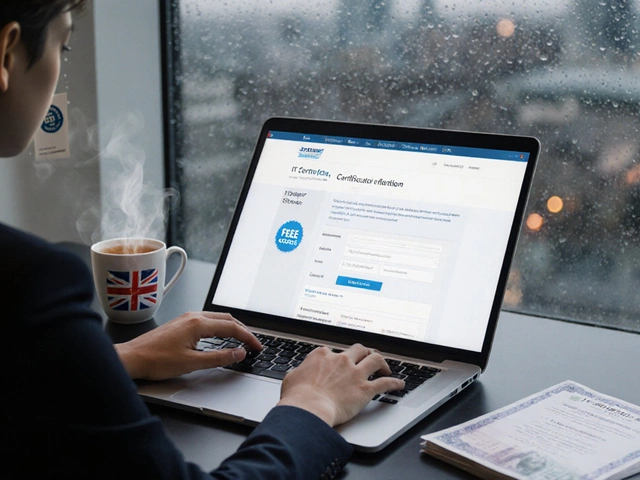Learn Plumbing: How to Get Started and Build Real Skills
Thinking about a career that mixes hands‑on work with good pay? Plumbing might be the answer. You don’t need a fancy degree to begin – just the right training, tools, and a bit of determination. In this guide we break down the easiest routes, the basics you’ll learn, and how to turn simple lessons into a solid job.
Where to Find Plumbing Training
First stop is a reputable training provider. Look for courses that offer an NVQ Level 2 or City & Guilds Certificate – those are the gold standards in the UK. Many colleges run part‑time classes that fit around a job, while some private schools offer intensive bootcamps that get you on site faster. Apprenticeships are another popular path: you earn while you learn, get real‑world experience, and often end up with a job offer from the employer.
If you prefer online learning, check out platforms that combine video lessons with in‑person workshops. The key is to choose a program that includes practical assessments, because plumbing is all about doing, not just watching.
Practical Tips for New Plumbers
Start with the basics – pipe sizes, common fittings, and the tools you’ll use every day. A wrench set, pipe cutter, and plumber’s tape are essentials you can buy cheap and use for years. Practice on a small project at home, like fixing a leaking tap or installing a new shower valve. Those mini‑jobs build confidence before you tackle larger installations.
Safety is non‑negotiable. Always wear gloves and goggles, and double‑check that the water supply is shut off before you start. Learn to read a simple plumbing diagram; it looks like a maze at first, but once you spot the symbols for supply and waste lines, it becomes much easier.
Networking helps too. Join local trade groups or online forums where experienced plumbers share advice. You’ll pick up shortcuts, know which suppliers give the best material prices, and maybe find a mentor who can guide you through tricky jobs.
Finally, keep track of your progress. Write down each skill you master – cutting copper pipe, soldering joints, testing pressure – and add new goals as you improve. A clear record not only boosts confidence but also looks good on a CV when you apply for jobs.
Learning plumbing is a step‑by‑step process. Pick a training route, gather the right tools, practice safely, and stay connected with the trade community. Follow these steps and you’ll be on your way to a rewarding, well‑paid career that lets you solve real problems every day.




